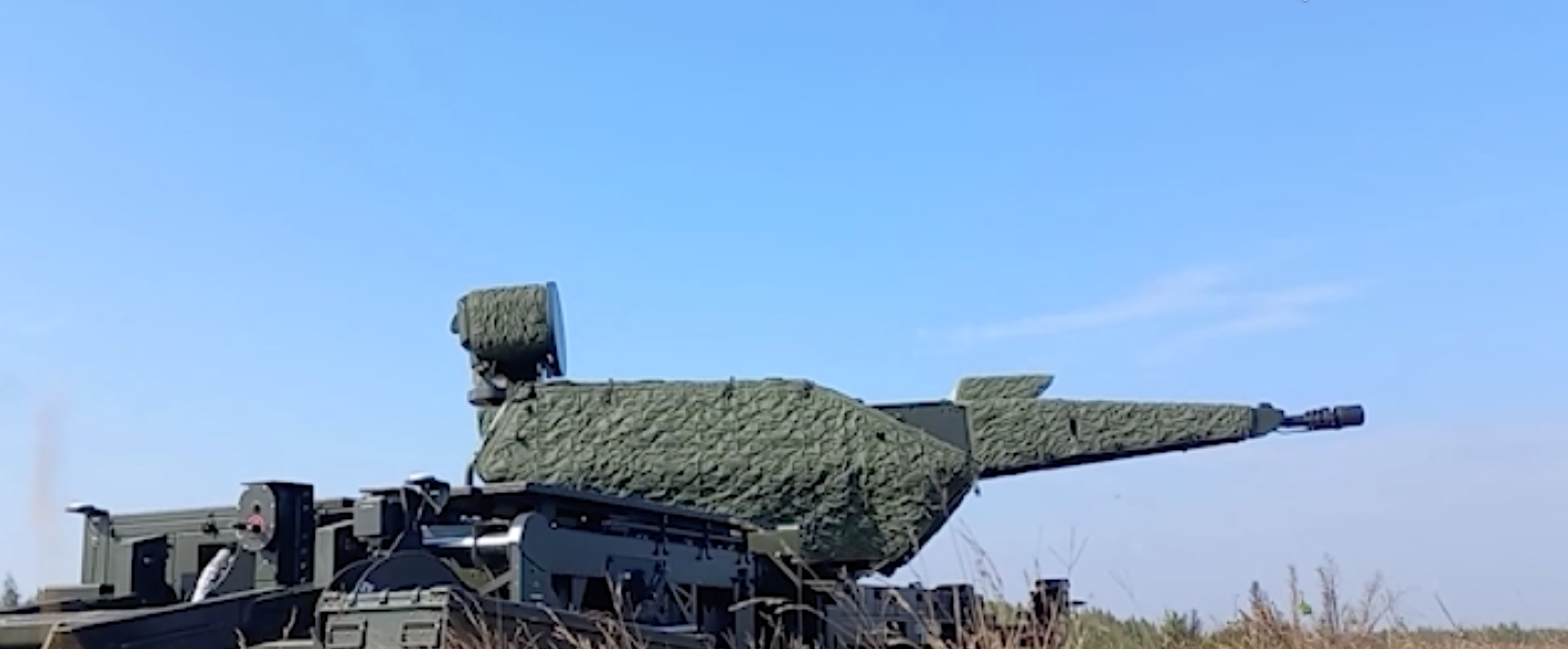-
Unwavering EU stance – strategy to support and strengthen Ukraine | Wrap-Up Analytics
-
Ukraine war latest: German-funded long-range weapons to arrive in Ukraine by late July; NATO chief to visit Washington on July 14 as Trump prepares 'major statement' on Russia
Key developments on July 12-13:
- German-funded long-range weapons to arrive in Ukraine by late July, general says
- NATO chief to visit Washington on July 14 as Trump prepares 'major statement' on Russia
- Trump considering sending new funds to Ukraine for first time since taking office, CBS News reports
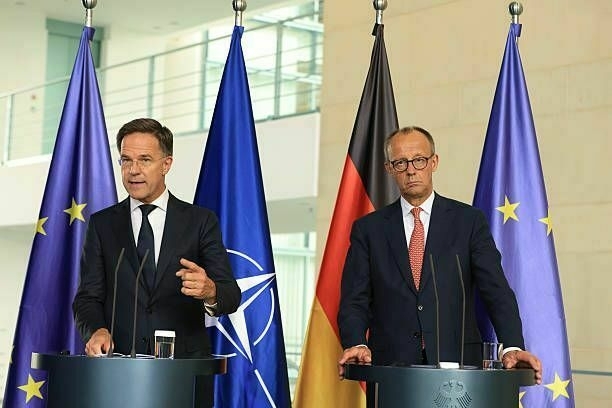
-
NATO chief to visit Washington on July 14 as Trump prepares 'major statement' on Russia
NATO Secretary General Mark Rutte will visit Washington on July 14-15, the military alliance’s press service announced on July 13. The visit comes as U.S. President Donald Trump previously said he intends to make a “major” announcement on Russia on July 14, potentially signifying a major policy shift on the war in Ukraine.
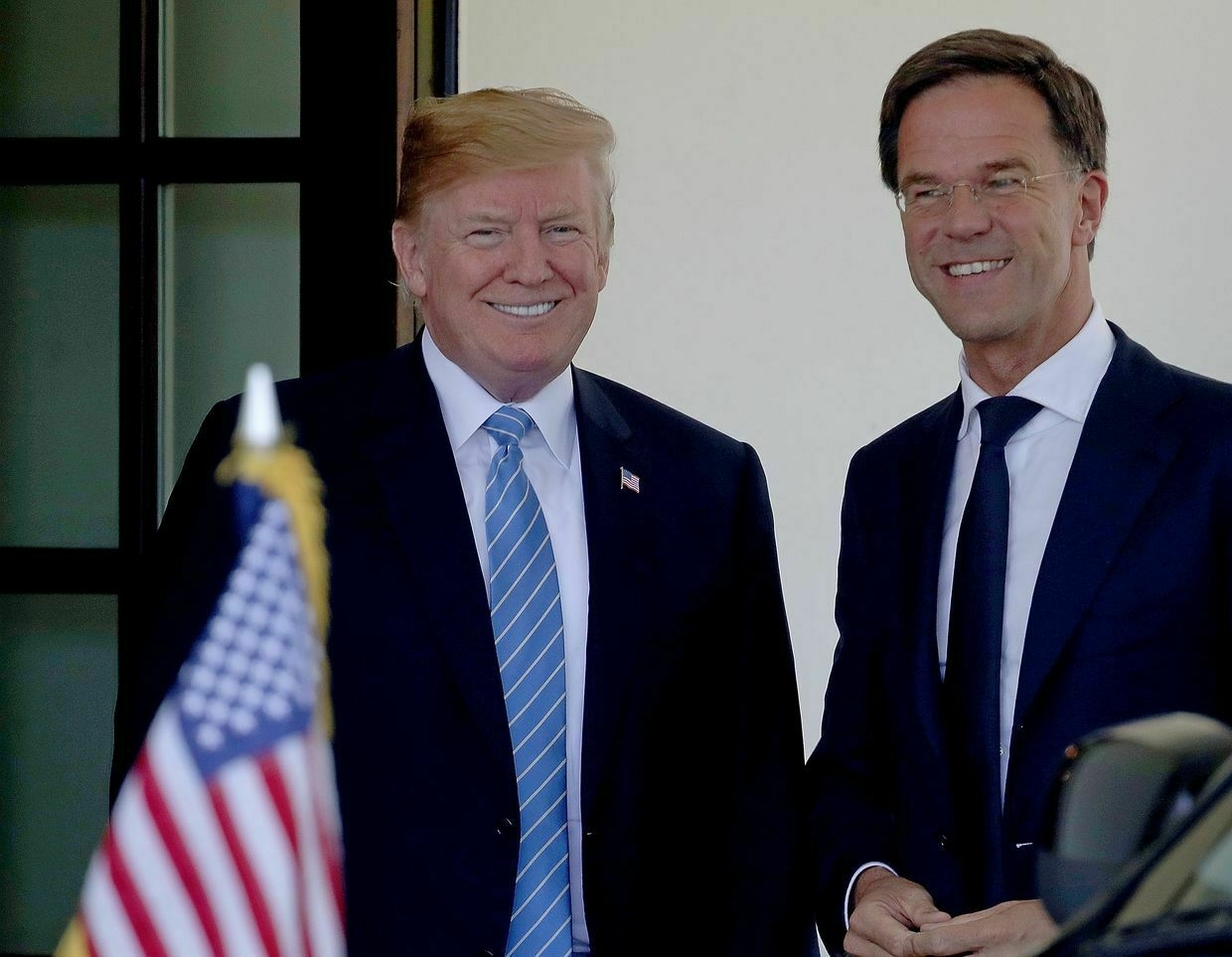
-
Occupation of Ukraine in WWII: would the German regime have differed from the Soviet one?
-
3.5 billion euros in new funds pledged for Ukraine's reconstruction after Recovery Conference, ministry says
Ukrainian officials signed agreements, memorandums, and joint statements on raising funds totalling 3.55 billion euros following the Ukraine Recovery Conference 2025 (URC) on July 10-11 in Rome.
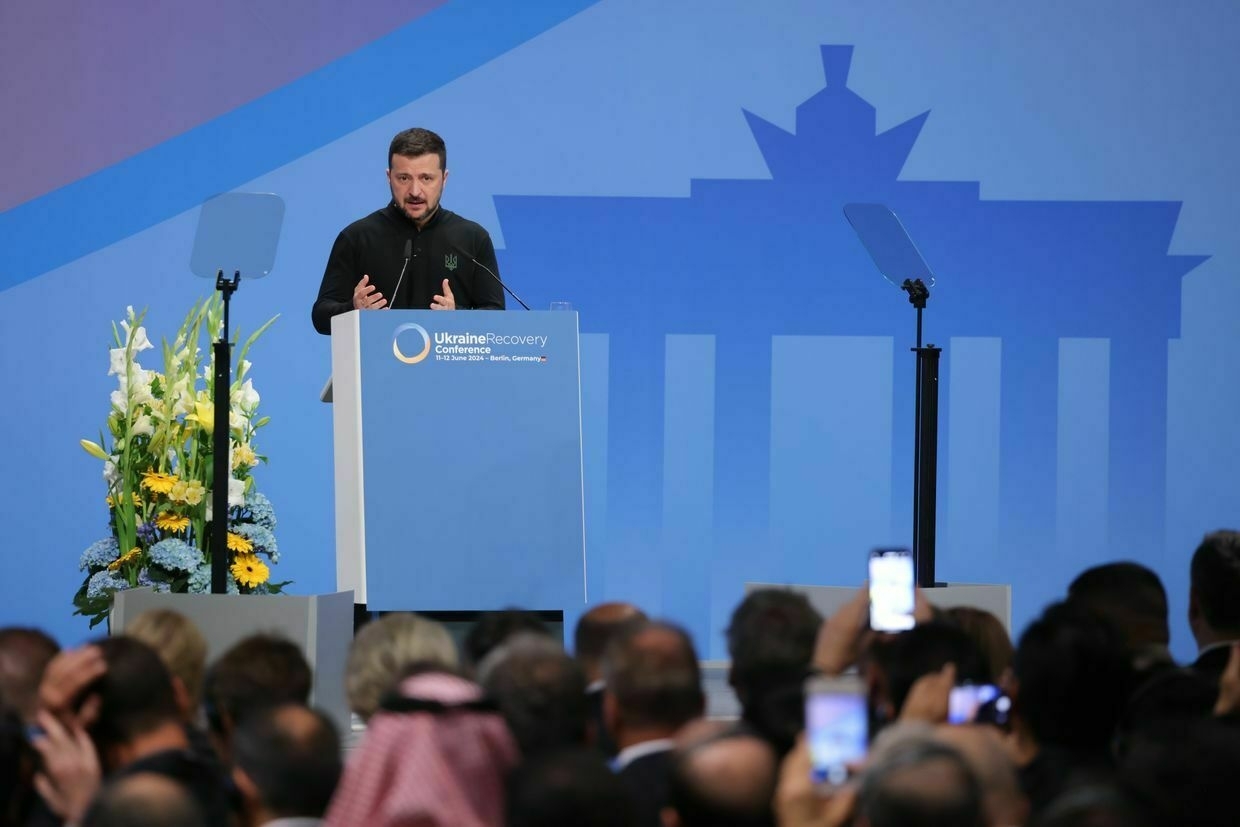
-
Putin implements emergency measures to avert looming economic crisis in Russia
Russian President Vladimir Putin is urgently demanding measures to save the nation's faltering economy as the situation spirals out of control, according to Russian media reports. Experts are cautioning that the magnitude of Russia's economic challenges renders most of Putin's crisis-response measures ineffective.
Amid a sharp downturn in industrial business activity, the Kremlin is making emergency efforts to stabilize the situation. On Saturday, Putin issued an urgent directive to maintain production volumes in the manufacturing sector at last year's levels, no matter the cost. The Kremlin's has published a list of mandates outlining that the Russian government and Central Bank are tasked with urgently "boosting demand," supporting investments, and ensuring funding for industrial projects.
The document explicitly states that production in 2025 "must not decrease" compared to 2024. This is an attempt to formally prevent a downturn, even if it requires state financial injections and statistical manipulations.
Economists are observing that the measures laid out by the Kremlin can only temporarily delay the decline. Despite record state financial inputs, the scale of issues—from declining household incomes to disrupted supply chains—is so vast that the impact of the president's urgent orders will likely be more symbolic than substantial.
Confirming this situation, data from the PMI business activity index shows a drop to 47.5 points in June, indicating sustained contraction territory. This marks the most significant decline since the spring of 2022, when the economy was hit by sanctions and financial markets panic, reports The Moscow Times.
S&P Global, which surveys Russian companies, notes that business activity has fallen in three of the last four months. Companies cite continuous order reductions and sustained demand decline. Production has contracted for the fourth consecutive month, with the pace of decline in June being the steepest in three years.
In 2024, the manufacturing sector officially showed growth, driven by state orders for the war with Ukraine. However, outside military contracts, demand has begun to wane. Diminished purchasing power, declining new orders, and slowing investments suggest that last year's "growth" was a temporary over-inflated illusion.
Thus, Moscow is increasingly desperate to hold onto an economy slipping into prolonged crisis, along with the remnants of the illusion of "stability."
-
Russia scales up propaganda operations across Africa, Ukrainian intelligence says
By the end of the year, Russia Today plans to launch broadcasting in Amharic for an audience in Ethiopia, Ukraine’s military intelligence said says.
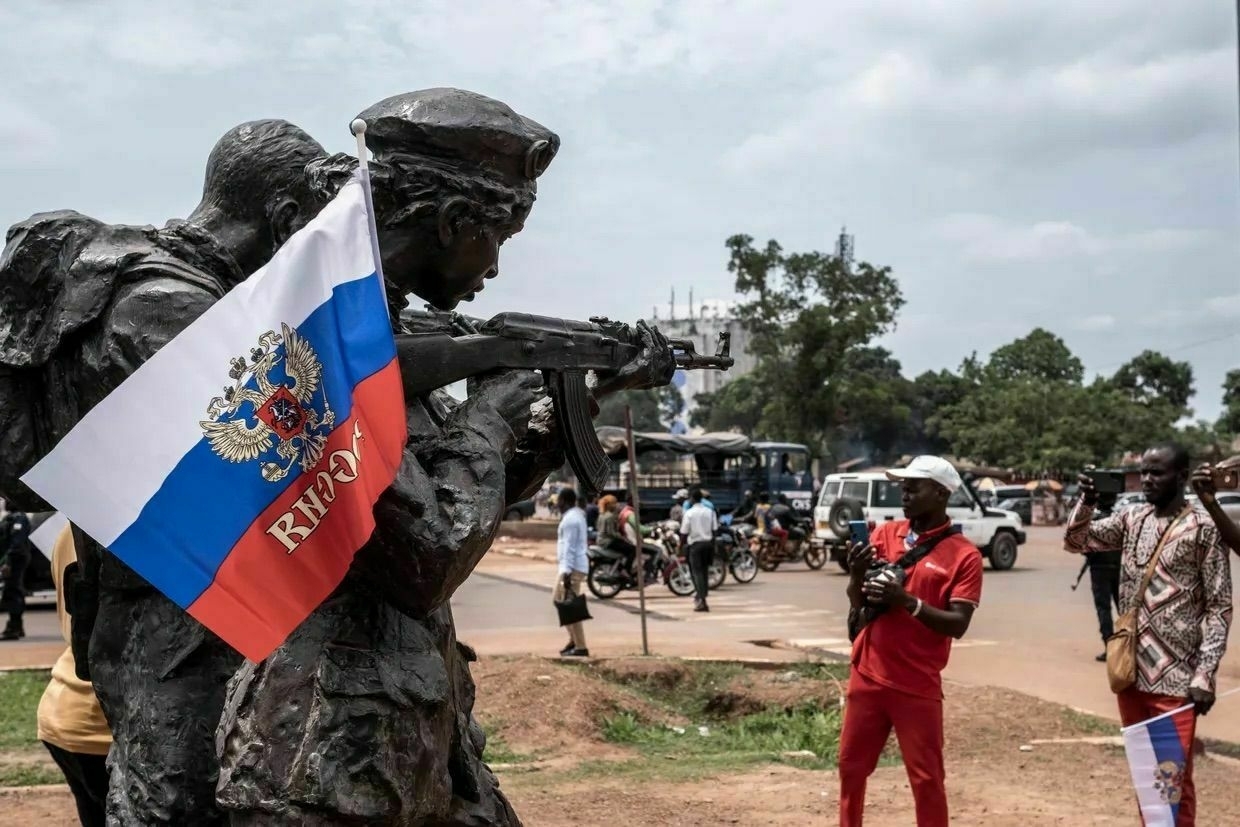
-
Kim Jong Un pledges full support to Russia amidst Ukraine war
North Korean leader Kim Jong Un has vowed his country's unwavering support for Russia in the ongoing war in Ukraine. As reported on Sunday, July 13, by the North Korean state news agency KCNA, during a meeting with Russian Foreign Minister Sergey Lavrov, Kim expressed North Korea's readiness to "unconditionally support and encourage all actions by the Russian leadership to eliminate the root causes of the Ukrainian crisis".
A day prior, Lavrov held talks with North Korean Foreign Minister Choe Son Hui in the coastal city of Wonsan. There, he also met with Kim. "We exchanged views on the situation surrounding the Ukrainian crisis. Our Korean friends have confirmed unequivocal support for all the goals of the special military operation and the actions of the Russian leadership and army," said the head of the Russian foreign ministry. He expressed gratitude for the involvement of the Korean People's Army in the battles in the Kursk region.
During a press conference, Lavrov was asked about the potential deployment of North Korean troops to new fronts in the Russia-Ukraine conflict. Lavrov responded that North Korean leader Kim Jong Un would decide on the form of support to be provided to Russia in the war.
In their meeting, both sides reaffirmed their commitment to future cooperation under a 2024 partnership agreement, which includes a mutual defense pact.
Intelligence reports from South Korea and Ukraine indicate that Pyongyang plans to dispatch an additional 25,000 to 30,000 troops in the coming months to support Moscow’s offensive in Ukraine.
-
Balkan countries release joint statement supporting Ukrainian NATO accession after summit
The joint summit declaration was released by Ukraine and the Croatian government on July 12.
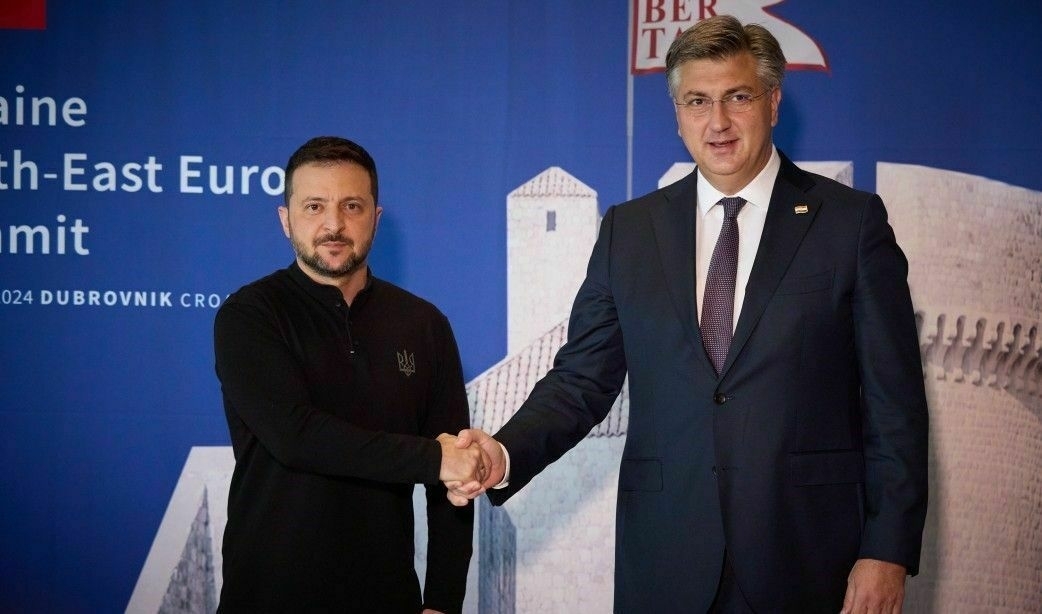
-
US aid swings and mysterious deaths in Russia | Ukraine This Week
In the latest episode of Ukraine This Week, the Kyiv Independent’s Anna Belokur breaks down a recent string of mysterious deaths and arrests among Russia’s elite, as well as and explains the implications Russia’s invasion of Ukraine could have for a future conflict between China and Taiwan. Also in this episode: The U.S. resumes some military aid to Ukraine after an abrupt halt by the Defense Department last week.
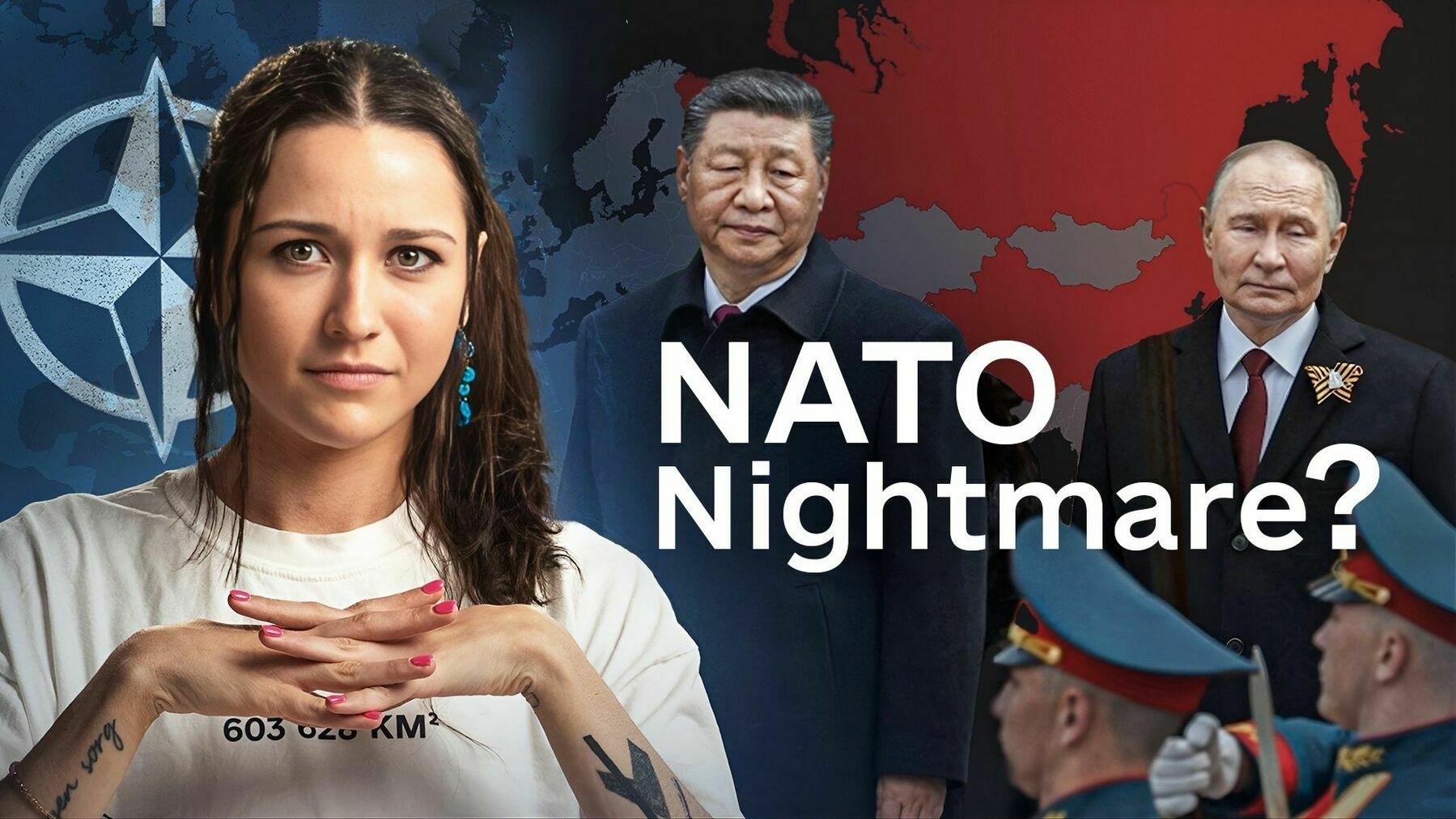
-
Russia launched over 1800 drones on Ukraine in one week, Zelensky says
Over 1200 glide bombs and 83 missiles of various types were also launched on Ukraine in the past week, President Volodymyr Zelensky said on July 13.
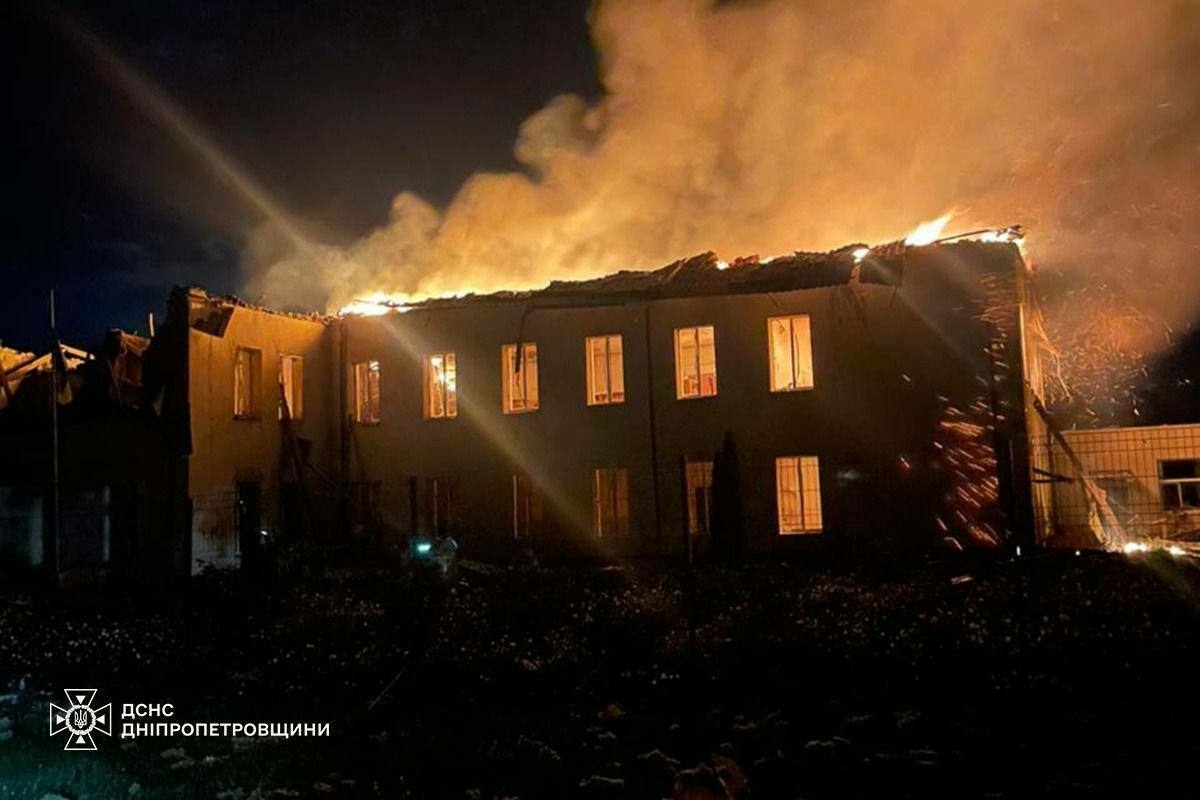
-
The origins and meaning of the tryzub, the Ukrainian coat of arms
Beyond its official role, the tryzub has taken on profound symbolic amid Russia’s full-scale invasion of Ukraine.
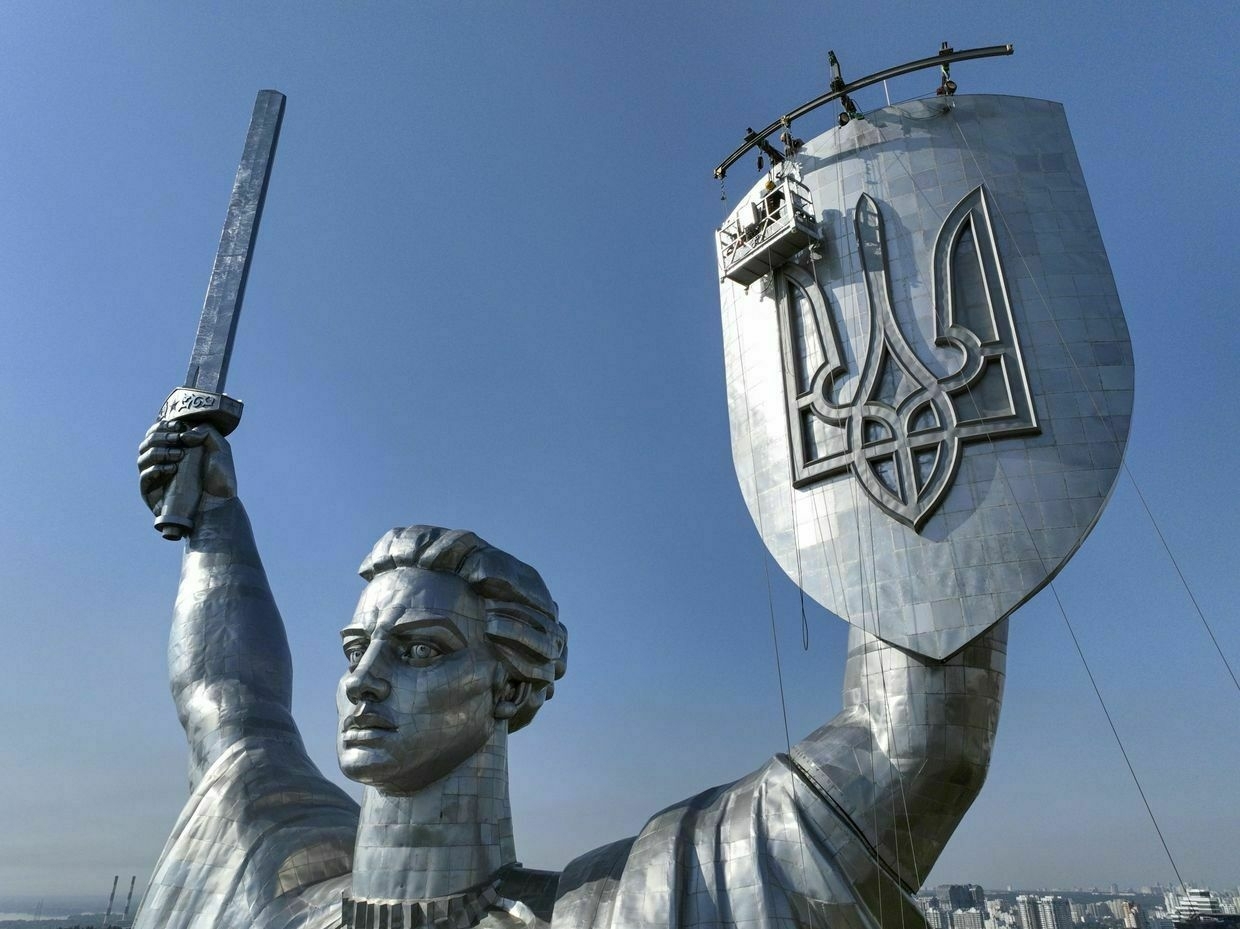
-
SBU claims liquidation of Russian agents responsible for killing officer in Kyiv
The Security Service of Ukraine (SBU) has eliminated the alleged killers of one of its officers on July 10 in Kyiv per orders of Russia's Federal Security Service (FSB), according to a statement made by the agency on July 13.
The alleged Russian agents were killed during a
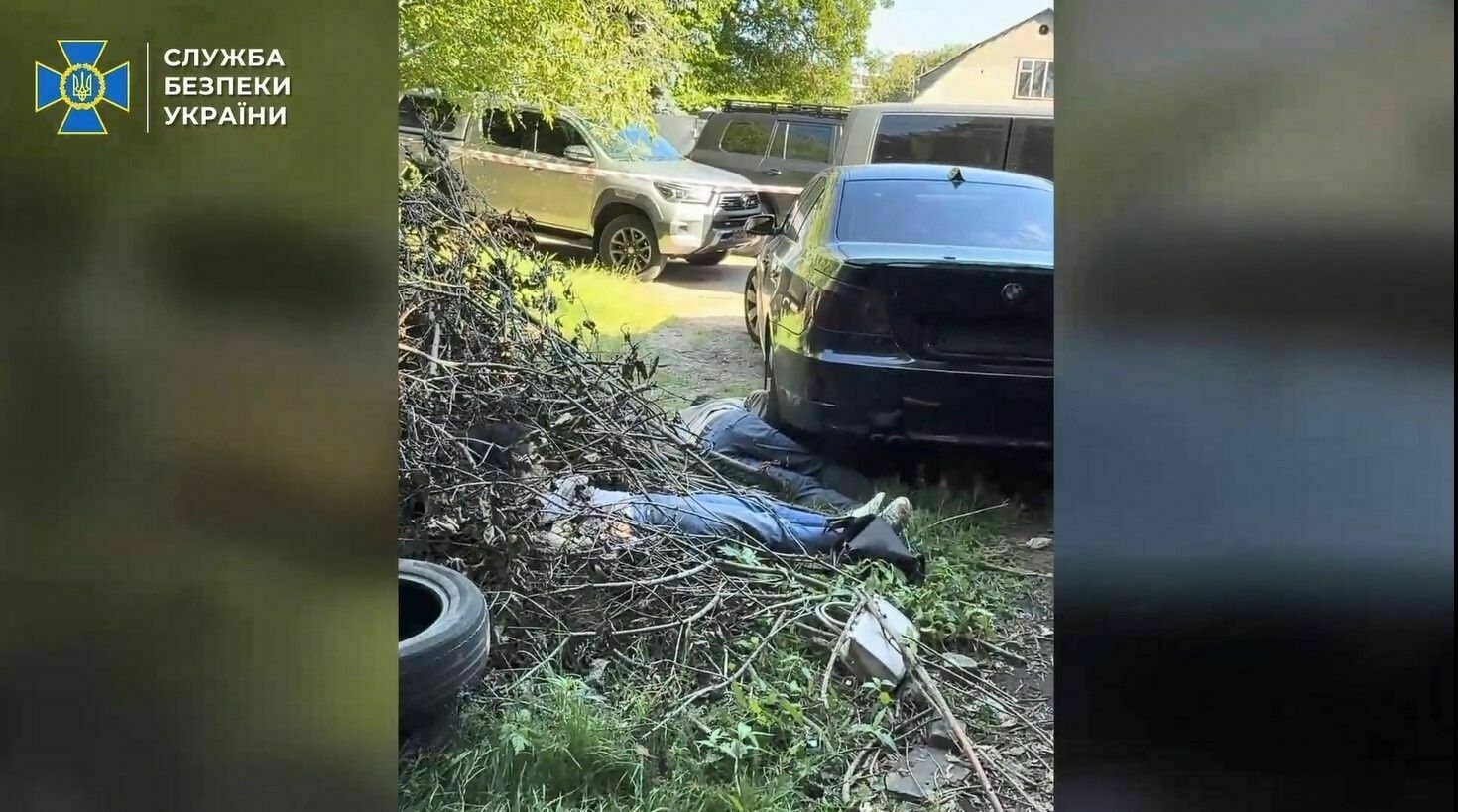
-
North Korea supplied Russia with 12 million rounds of 152mm shells, South Korean intelligence estimates
Over 12 million rounds of 152 mm artillery shells are estimated to have been sent to Russia by North Korea for use in Ukraine, South Korean military intelligence reported on July 13.
The figure was published by South Korean news agency Yonhap, citing a report by the South Korean Defense
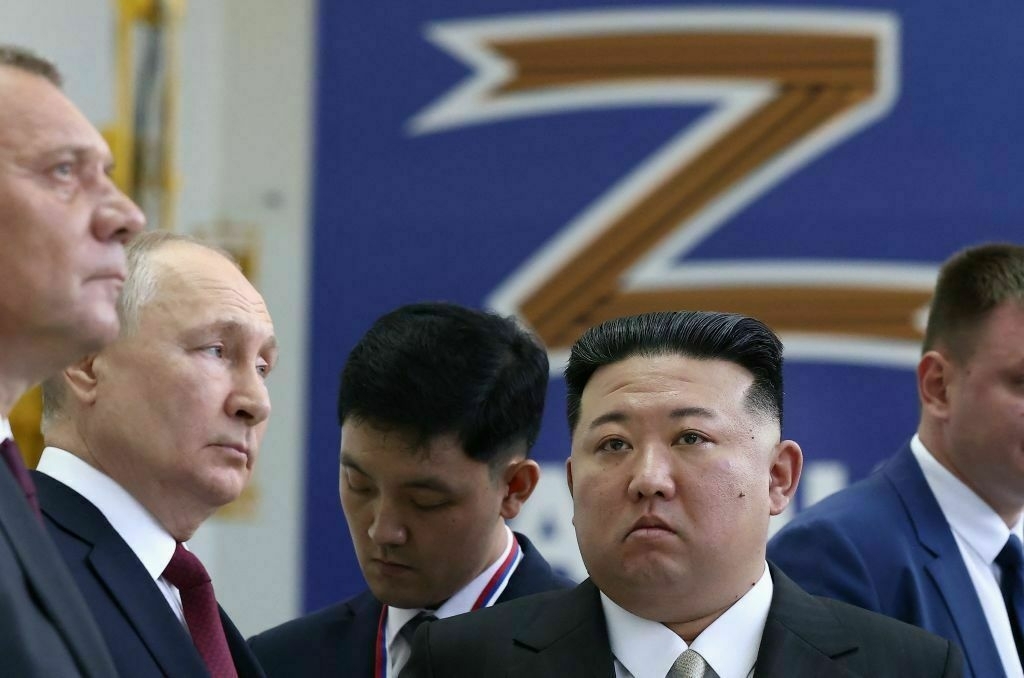
-
Russian attacks across Ukraine kill 7, injure 21 over past day
Russian attacks against Ukraine killed 7 civilians and injured at least 21 others over the past day, regional authorities reported on July 13.
Russian forces launched up to 40 Shahed-type drones against Ukraine over the past day, according to Ukraine's Air Force. A total of 60 drones were
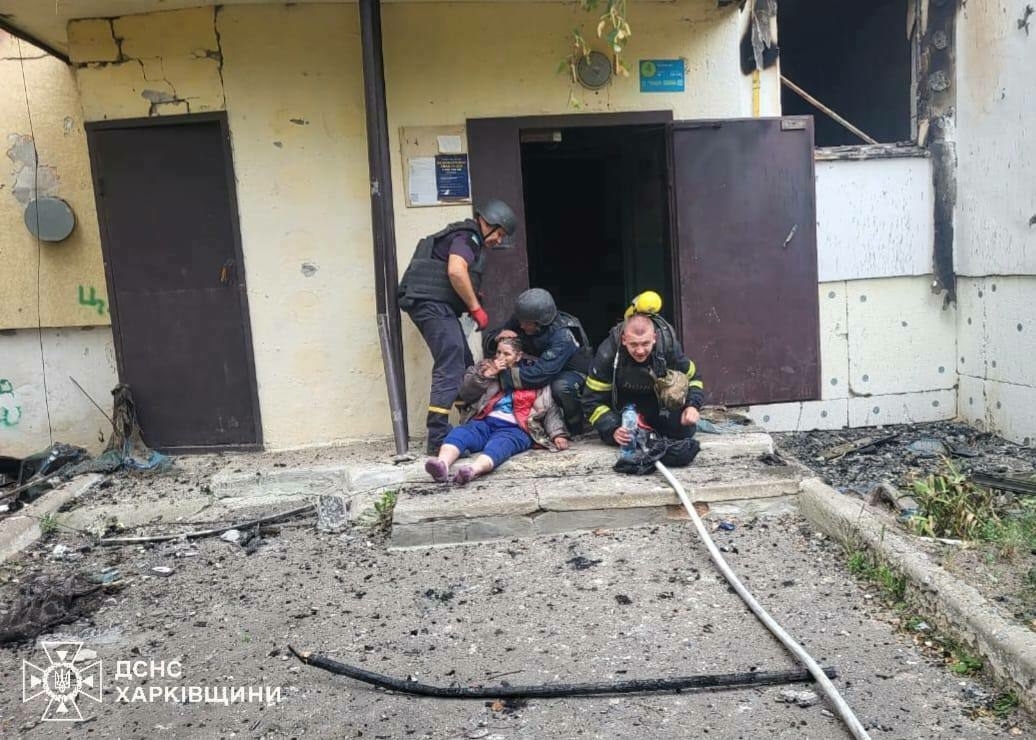
-
General Staff: Russia has lost 1,033,930 troops in Ukraine since Feb. 24, 2022
The number includes 1,240 casualties Russian forces suffered just over the past day.
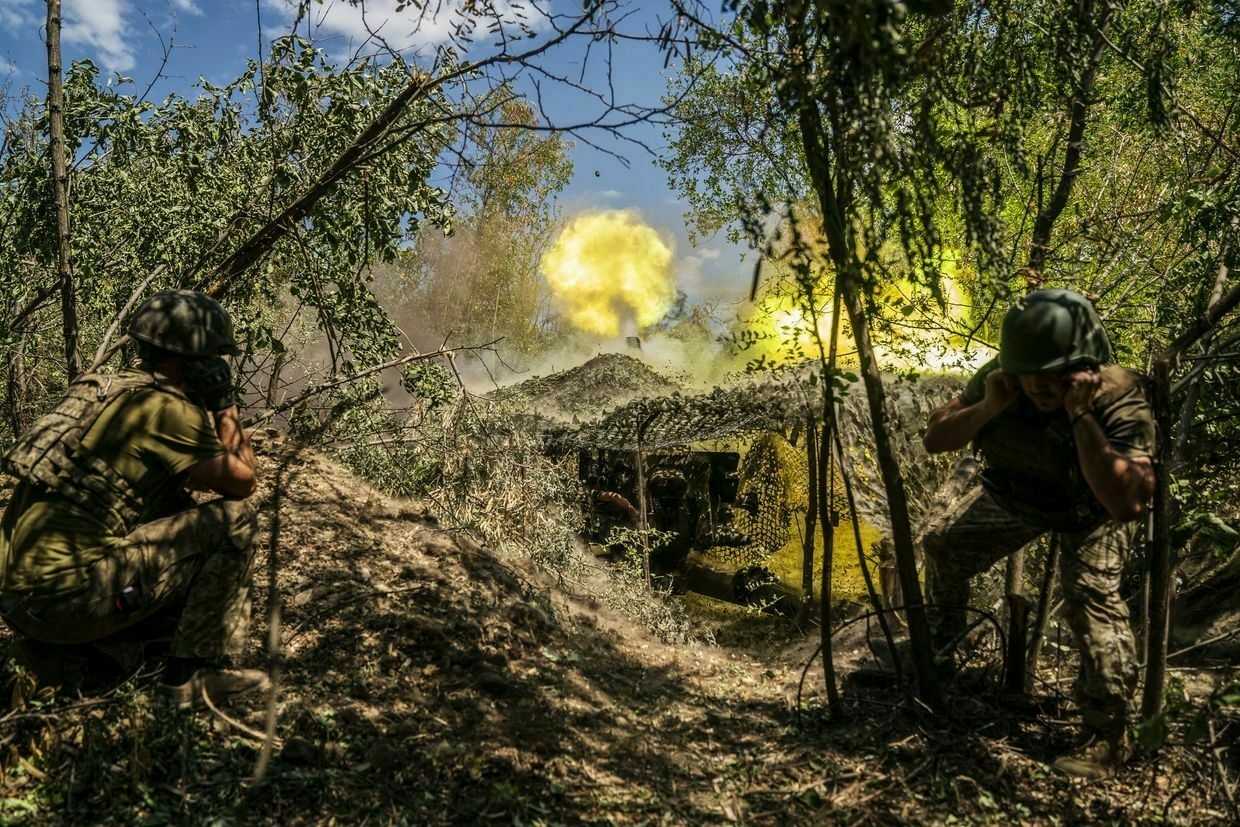
-
Pro-Ukrainian partisans destroy car used by Chechen unit in occupied Mariupol, Atesh claims
“We send greetings to the kadyrovtsy,” the group wrote, referring to the notoriously ruthless troops named for Chechen strongman Ramzan Kadyrov.
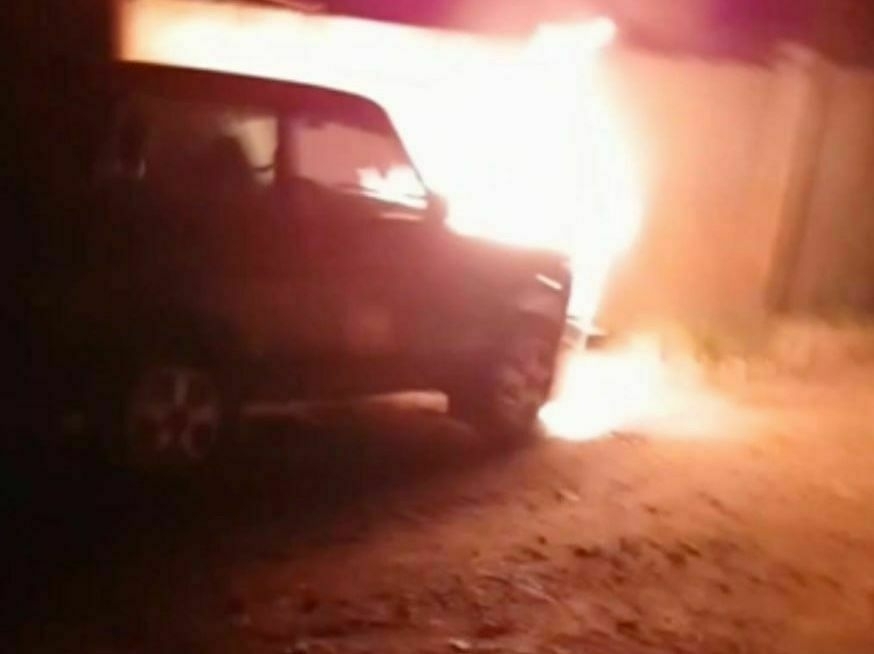
-
Kim Jong Un pledges to 'unconditionally' support Russia's war against Ukraine
Kim told Russian Foreign Minister Sergey Lavrov that his country stands “ready to unconditionally support and encourage all the measures taken by the Russian leadership as regards the tackling of the root cause of the Ukrainian crisis."
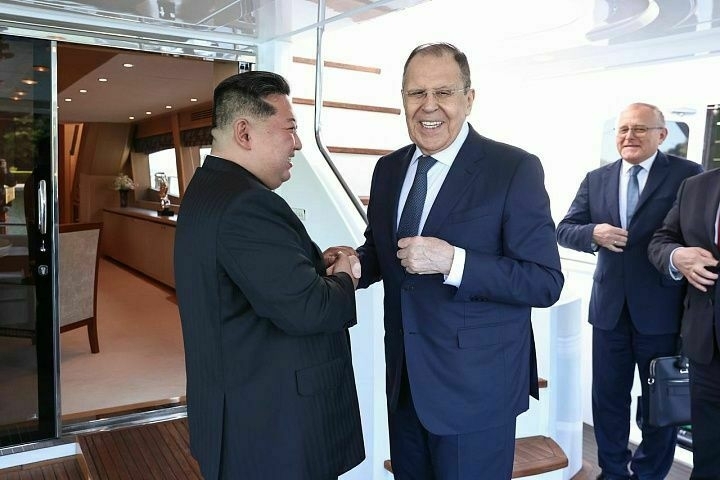
-
Trump considering sending new funds to Ukraine for first time since taking office, CBS News reports
The funds could come from the $3.85 billion remaining in Presidential Drawdown Authority from the Biden administration or from frozen Russian assets, current and former U.S. officials said.
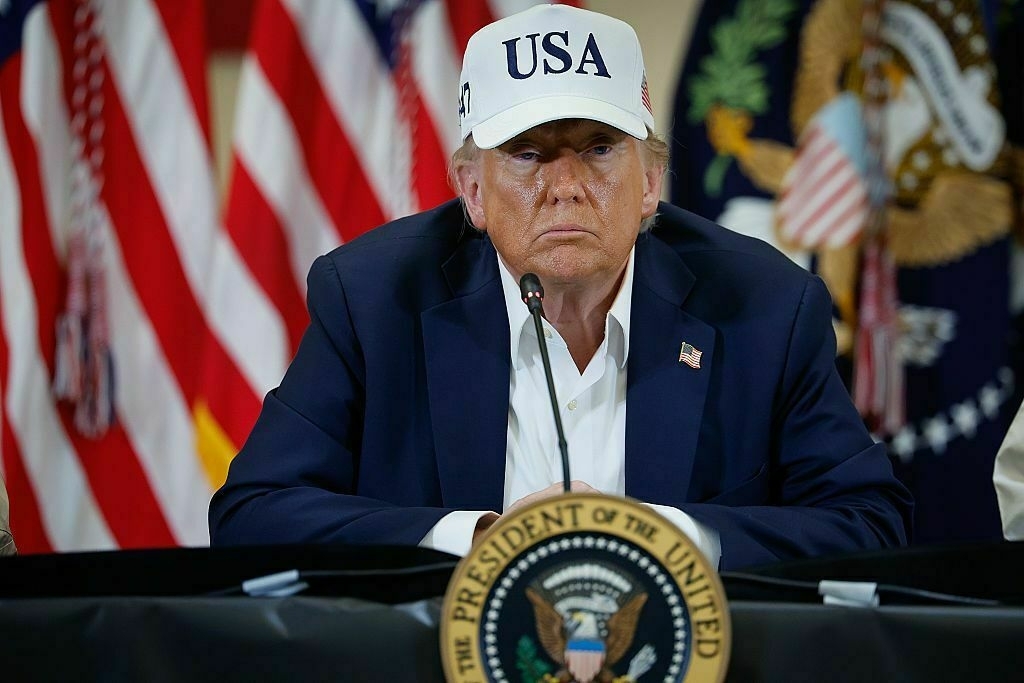
-
'Impeccable results' — New Skynex video shows Ukrainian forces destroying Russian drones with German gun
Filmed in an undisclosed location at an unspecified time, the video published on July 12 shows Ukrainian soldiers shooting down multiple Russian targets with a German-made Skynex air defense system.
